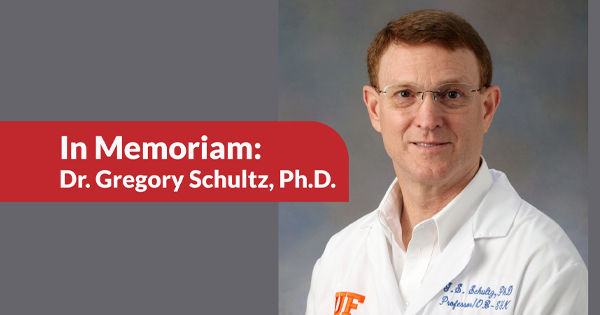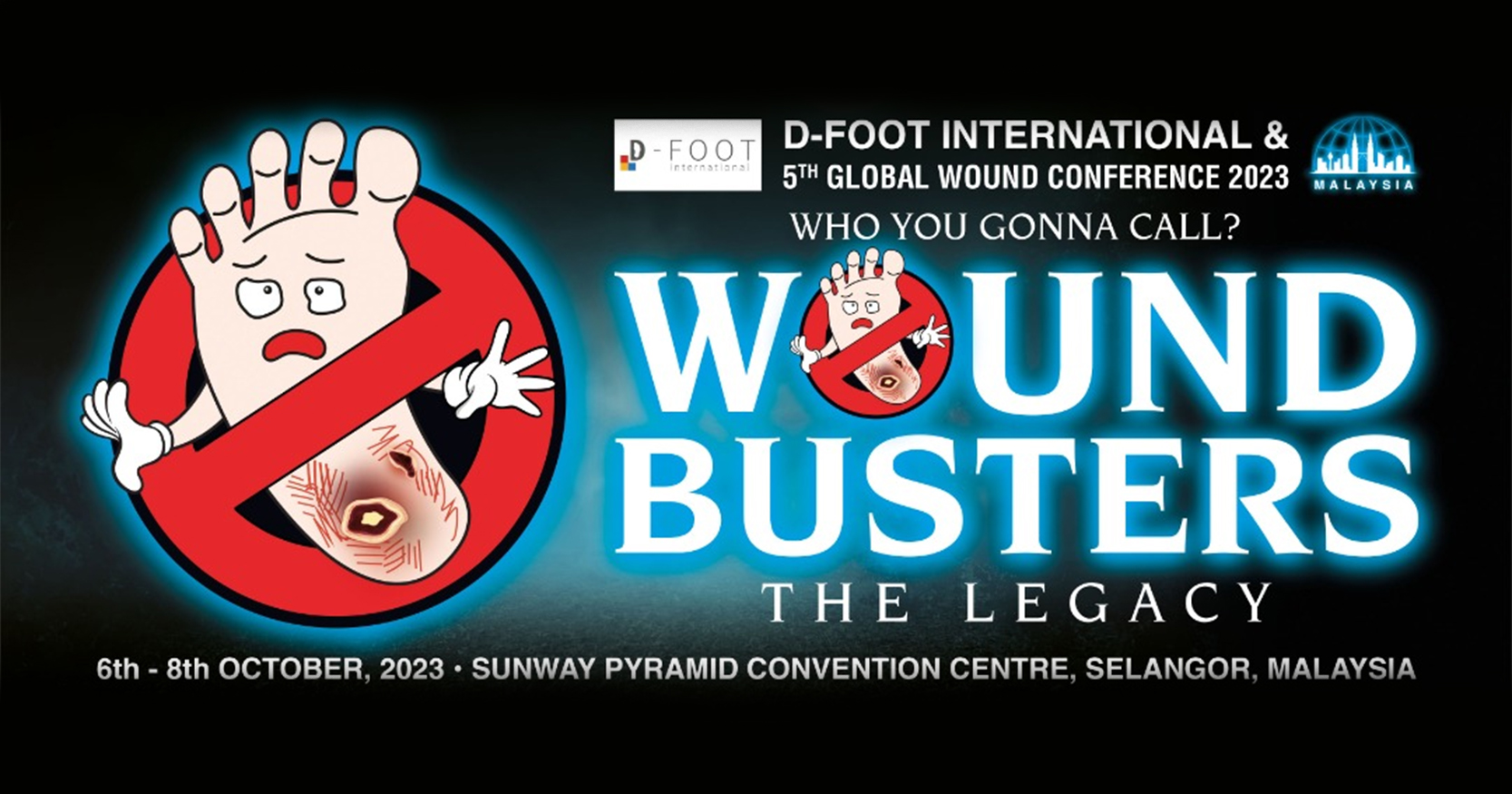Salutations and greetings to the wound family! We present to you another edition of the Wounds APAC journal. Firstly, I would like to take this opportunity to record my heartfelt condolences to the family of Professor Greg Schultz for their loss. Greg was a great icon in wound circles. He was an obstetrician and gynaecologist for many years but then ventured into research involving wound infection and biofilm. He was a prolific member of the International Wound Infection Institute, and such a humble and softly spoken gentleman. It is a great loss to the wound community. I would like to represent the World Union of Wound Healing Societies in paying tribute to a great angel and friend for his passion in contributing to the pioneering work in advanced wound management and research. We pledge to continue his legacy in research and education for the benefit of wound care professionals and patients. Greg was part of the group that put forth the Wound Infection continuum and recently, the Wound Bed Paradigm 2024. It was truly an honour to serve with him on various boards and consensus groups.
On another note, cleansing is an important step in wound management. Wounds need to be cleansed carefully and correctly. The removal of debris, materials, dead devitalised tissues and microorganisms is crucial. This has been supported by numerous studies and consensus documents, such as the Wound Hygiene (Murphy et al, 2020) and Clean to Heal (Wounds International, in press) documents. Antiseptics have been advocated and discussed extensively in the document on wound antiseptics in practice (Mrozikiewicz-Rakowska et al, 2023). This edition of the Wounds APAC journal will showcase copper solution as an antiseptic in wound cleansing. The International Wound Infection Institute (IWII) advocates wound cleansing in cases of local, spreading or systemic infection to manage the bacterial bioburden. Systemic antibiotics are only to be used when there is spreading or systemic infection. This corresponds with the Antimicrobial Stewardship programme. There has been an increase in multi-drug resistant organisms and antibiotics need to be utilised judiciously. Management of wound infection is important, especially in diabetic foot ulcers (DFUs) across the Asia Pacific region. Kee et al (2019) documented that 41.5% of DFUs were infected in a 340-patient trial in the tertiary Wound Care Unit, Kuala Lumpur Hospital, Malaysia.
This shows that infection is still prevalent and is a major cause of hard-to-heal wounds. In addition, biofilm is found in 78.2% of chronic wounds. The whole process of cleansing and debridement is important and has to be practiced by all wound care professionals to remove the bacterial bioburden, which includes biofilms. Universal precaution and barrier nursing should be observed in proper cleansing of the various wounds.
Other articles involving the usage of gentamycin-impregnated collagen sponge, polyabsorbent fibre dressing with lipido colloid and silver, as well as negative pressure wound therapy in surgical site infection are also featured in this edition. A new red deer umbilical cord lining stem cell was also utilised to restore the periwound skin. Real-world evidence is important in the clinical setting. We urge you to submit more articles to highlight your great passionate work in your respective centres. I would like to take this opportunity to thank the editorial board and Wounds APAC for a great publication. Thank you and God bless.






